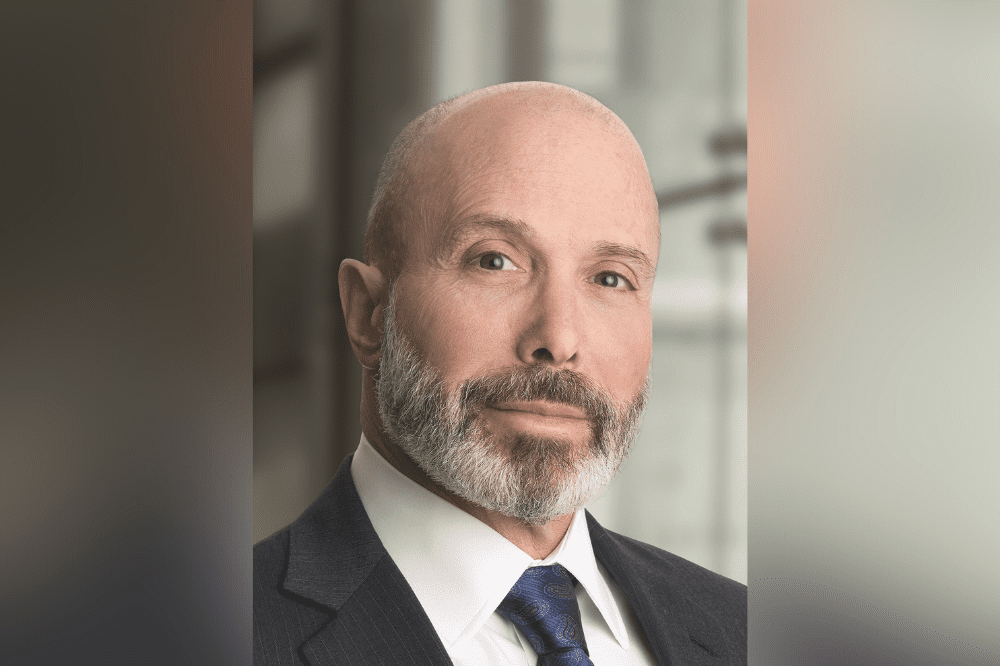"Get paid for the exposure underwritten" – Chubb CEO Evan Greenberg

“Pricing was strong and exceeded loss costs in commercial lines, even as we increase the inflation factors we are using in our loss ratios in anticipation of future increases to loss cost,” said Chubb chairman and CEO Evan Greenberg (pictured).
Read more: Chubb announces key leadership appointments
Overall, Chubb increased rates in North America commercial lines by 7% during the second quarter, while total pricing (which includes rate and exposure) increased over 10.5%, with the exposure change meant to help ameliorate loss costs.
“In terms of the commercial P&C rate environment, market conditions overall remain favorable, while the level of rate increases is moderating,” said Greenberg. “The vast majority of our portfolio is achieving favorable risk adjusted returns. An additional rate is therefore required primarily to keep pace with loss costs, which are hardly benign. The rate environment is naturally becoming a bit more competitive, particularly in certain casualty-related classes as more carriers seek to now grow.
“The market is reasonably disciplined, and I expect it will remain so, given not only the specter of loss cost inflation, but the presence of other risk exposures, such as climate change, the war in Ukraine, the litigation environment, cyber, and the overall cost of reinsurance. There are plenty of reminders to management to get paid for the exposure underwritten.”
In the second quarter of 2022, Chubb increased its loss cost trends in North America to 6.5% in anticipation of rising costs. For short-tail classes of business, the insurer raised its loss cost trends to 7%, up from 6.5% in the first quarter of the year, and in long-tail lines (excluding workers’ compensation), the insurer is trending at 6.5%, up from 6% in the first quarter.
Read more: Chubb selects new specialty officer for NA middle market
“We’re going to charge what we think is the right rate to produce a reasonable risk adjusted return,” said Greenberg, when quizzed about increasing loss trends. “If we can’t get paid, we don’t write the business. Do I feel like that’s going to put me at a competitive disadvantage? Not at this point in the cycle. As you go forward, and things become competitive again – when and if it happens in the future – of course, I’ll trade growth all day long to be sure that underwriting continues to grow book value. I have not changed in 45 years.”
The CEO emphasized that the loss cost trends Chubb is using are in anticipation of inflationary pressures to come, and are not trends the business is currently experiencing. To achieve adequate risk adjusted returns, the insurer must secure rate that keeps pace with loss costs.
“The insurance business classically lags, so rather than be lagging and get caught – we’ve all been through this [inflationary periods] a number of times – so we’re anticipating ahead,” Greenberg explained. “There are no areas that concern me. We’re just being vigilant about everything.”





